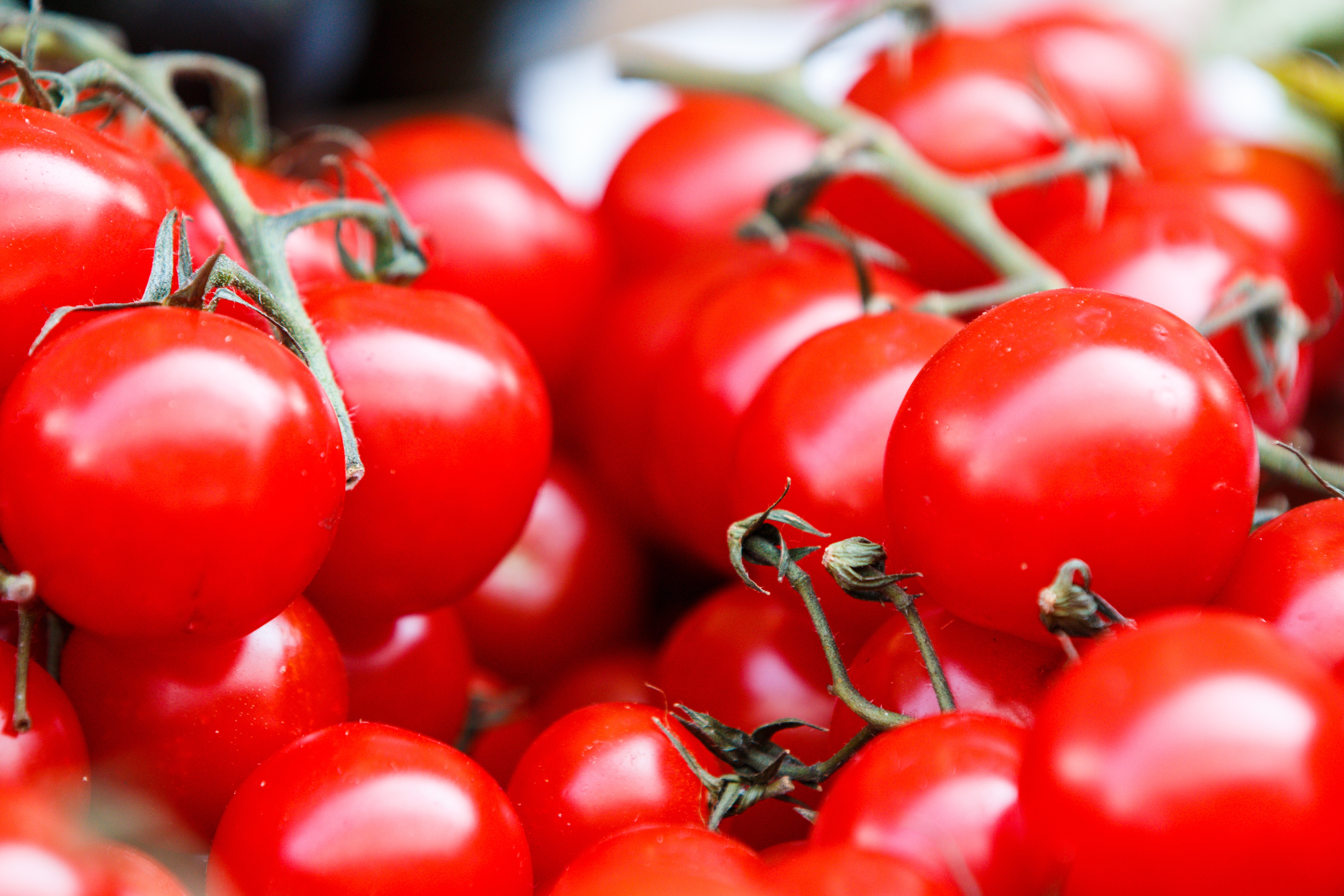Functional foods are a group of everyday foods that contain compounds known to have special health benefits beyond just the vitamins and minerals they contain. I frequently discuss how important it is for Canadian’s to consume certain foods to ensure they achieve adequacy in important vitamins and minerals, but it also important to recognize that certain foods contain unique compounds that provide important additional health benefits.
Health Canada’s definition of functional foods:
“A functional food is similar in appearance to, or may be, a conventional food, is consumed as part of a usual diet, and is demonstrated to have physiological benefits and/ or reduce the risk of chronic disease beyond basic nutritional functions.”
Let’s take a closer look at four functional foods and the very specific health benefits they can offer you:
1. Oats: You guessed it folks; oats are making yet another appearance in one of my articles. If I haven’t convinced you to eat them already, I hope this final push does the trick. Aside from their rich vitamin and mineral content, oats contain a specific soluble fibre, beta-glucan, which is known to reduce LDL (bad) cholesterol when consumed regularly. High LDL cholesterol, especially for men above the age of 45 and women above the age of 55, is one of the primary risk factors for heart disease. For all you young people out there, it’s time to go convince your parents to start eating oatmeal, preferably steel cut rather than instant varieties. The soluble fibre found in oats, especially steel cut oats, may also improve blood sugar control and contribute to diabetes prevention and management. It’s a win-win.
2.Ground Flaxseed: Ground flaxseed is, by some margin, the most significant sources of the omega-3 fatty acid ALA. Unlike other commonly consumed fatty acids, our body cannot create its own ALA, so we must consume it from foods. ALA has a number of cardiovascular benefits, prevents the “clogging” of your arteries and may also help with other conditions such as inflammatory bowel disease and arthritis. Since you’re now definitely having oatmeal already, why not throw in a tablespoon of ground flax in there to make your breakfast the ultimate heart healthy meal.
3.Tomatoes: Tomatoes are rich in a ton of vitamins and minerals but perhaps their most important component is a compound known as lycopene. If you are a man over the age of 50, or if you have a man in your life (spouse, father, grandfather , uncle and so on) above the age of 50, I highly suggest you convince them to start eating tomatoes or at least using tomato sauce more regularly. Lycopene is the dietary component most strongly associated with prostate cancer prevention, one of the most prevalent cancers in Canadian men. It is also important to keep in mind that pretty much every single fruit and vegetable is a functional food in that they all contain unique compounds with specific and unique health benefits. Tomatoes just happen to get a lot of attention due to their very specific link to prostate cancer.
4.Yogurt: At this point, most of us realize that yogurt is an excellent source of calcium and potentially vitamin D (if fortified). What some of you may not know is that many varieties yogurt also contain two very important functional components: prebiotics and probiotics. There is a reasonable chance you have heard these words thrown around before, but you may not know what they mean. Allow me to explain:
Probiotics: Also known as “healthy bacteria”, these organisms are an important component of a healthy digestive system and may be especially helpful for those with digestive issues such as IBD or IBS.
Prebiotics: Prebiotics are compounds that, when presented to your digestive system, encourage the growth of the healthy bacteria (probiotics) mentioned above.
Both probiotics and prebiotics have an important role to play in maintaining optimal digestive health, and yogurt happens to be one of the only foods that is a source of both.
Bottom Line
The goal of today’s article is to exemplify the fact that there is more to foods than just the vitamins and minerals they contain and, even though vitamin and minerals are a very important consideration in food selection, many foods have other unique functions that should be acknowledged. Keep in mind that the four foods I have identified today are just a sampling of the more popular and well recognized functional foods out there, but there are many more.
Until next time,
Andy De Santis RD MPH



